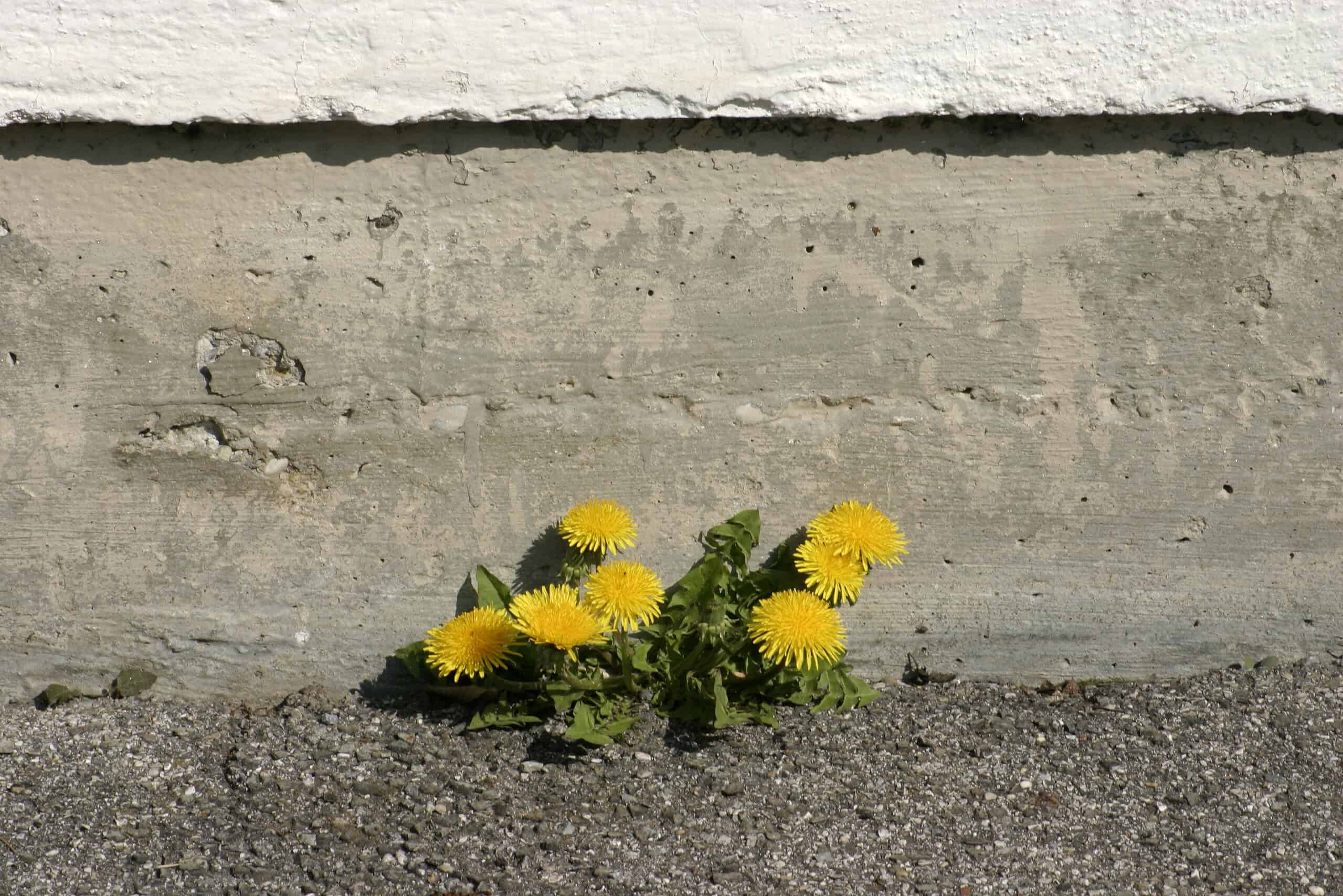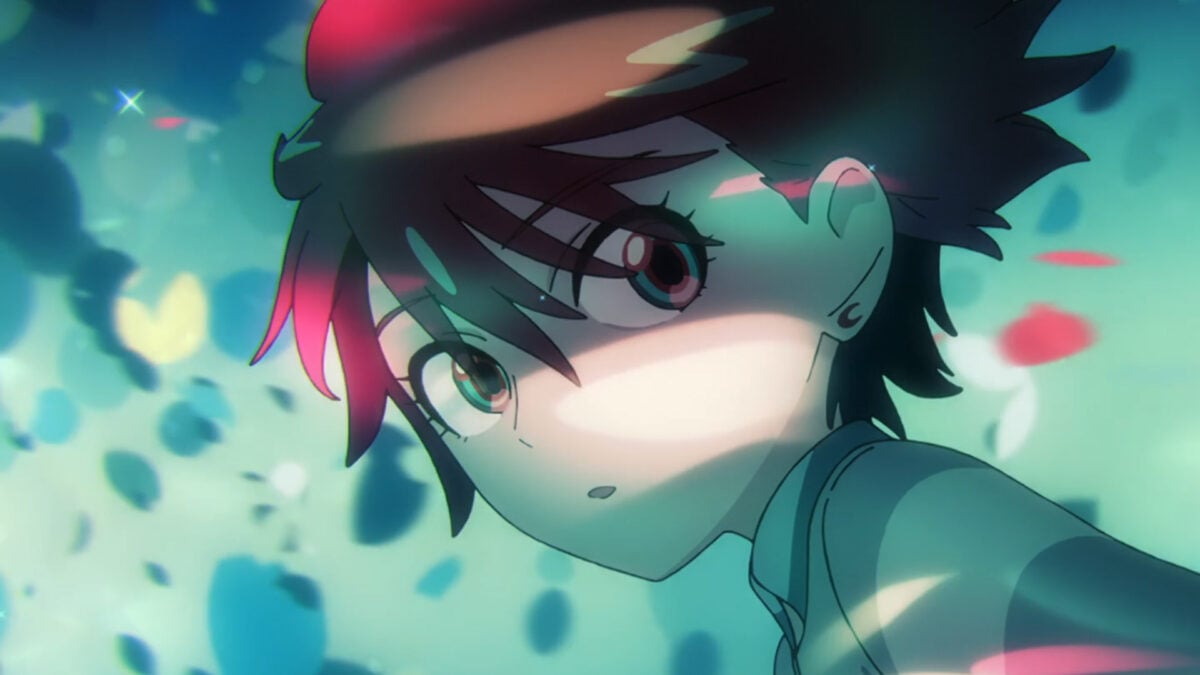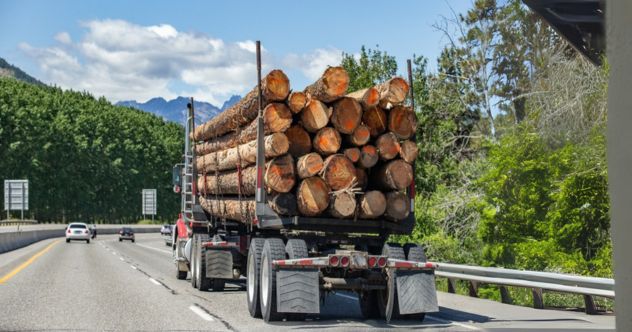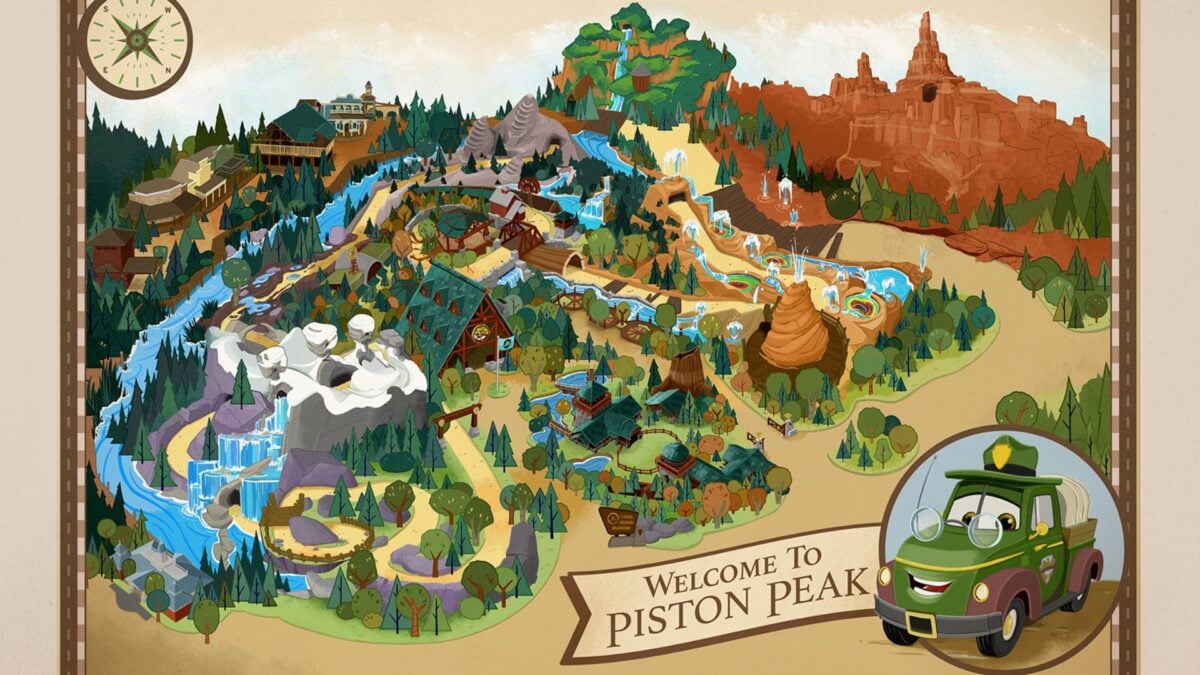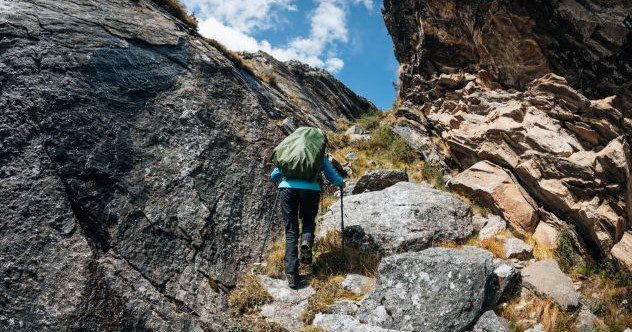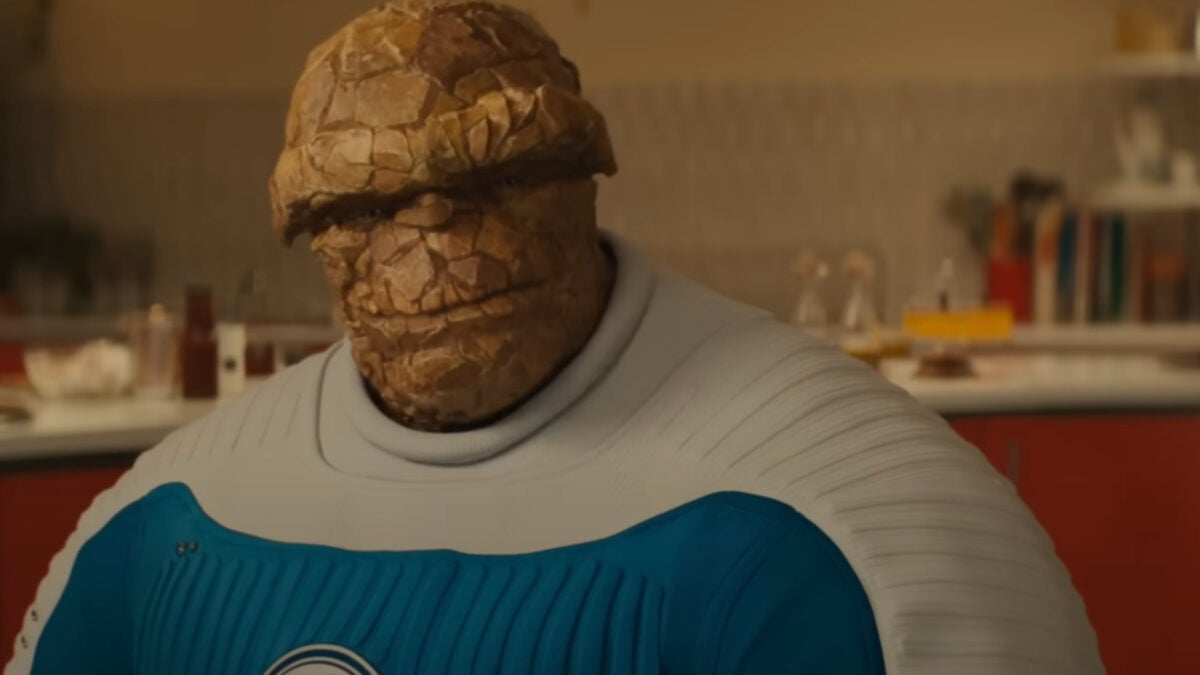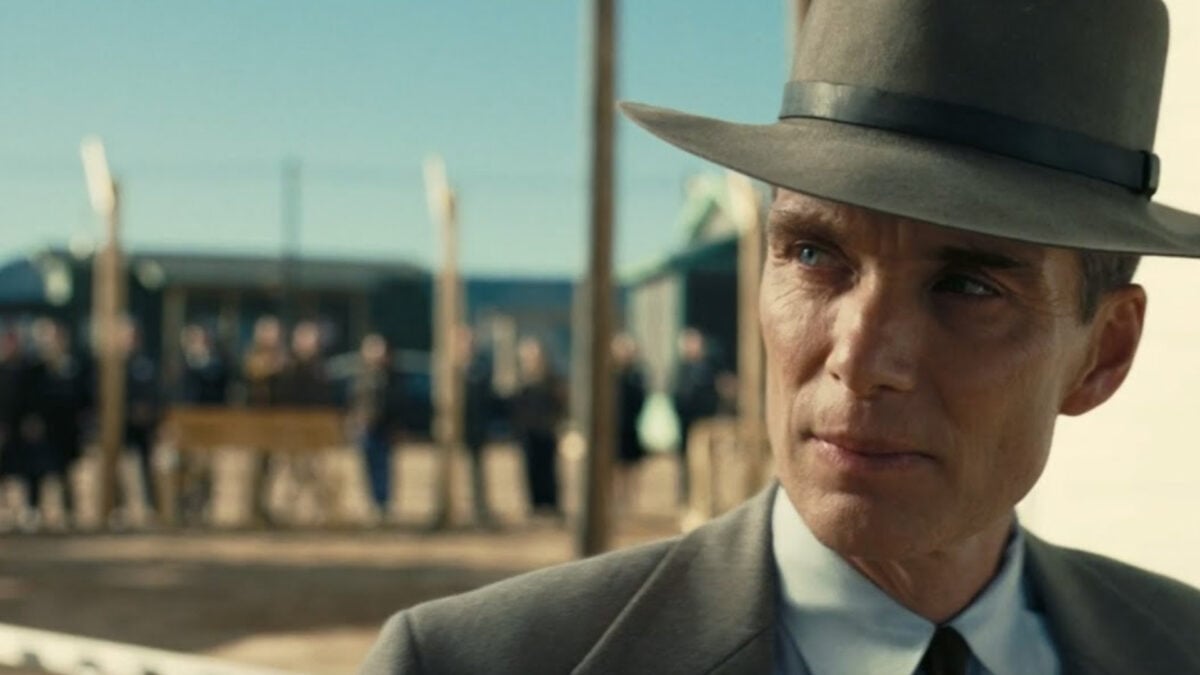Many people love general knowledge quizzes or even quiz nights. They get to share interesting facts and show off in front of their friends, while having a great time. (Not in a Sheldon Cooper kind of way, mind you).
Then you get those who love weird or downright terrifying facts. They revel in reading about all the ways people can die without realizing it. They are almost gleeful when reciting the statistics of some of the most terrifying disasters.
They also thoroughly enjoy your reaction when they tell you your cat will eat you if you die at home, and your dog likes ‘murdering’ their squeaky toys.
If you’re not one of those people and you don’t want to read or know about horrifying, terrifying, insomnia-inducing facts, you may want to look away now.
Related: 10 Terrifying Real-Life Stories That Made the News
10 Moon Dust Can Slice the Inside of Your Throat
If you dream of having your own 11 minutes of space fame and becoming a pseudo astronaut, go anywhere but the moon. (Obviously, you can’t go to the Moon in 11 minutes, but you get it.) Apollo 17 astronaut Harrison Schmitt was probably rethinking his life choices after breathing in moon dust on a lunar walk in 1972.
The moon dust caused prolonged pain in his throat, his eyes wouldn’t stop watering, and he sneezed nonstop. This incident led to several scientific studies, one of which, published in 2018, revealed that one scoop of moon dust can kill 90% of brain cells and lung tissue exposed to it.
Moon dust is a far cry from the dust you find on Earth. They are mostly the result of micrometeorite impacts, so they are sharp and highly abrasive. Lunar dust never erodes because there is no wind on the moon. So, if you breathe in these sharp particles, they can slice the inside of your throat and even your lung cells.
And, if that isn’t scary enough for you, just remember that shadows on the moon are far darker than they are on Earth. This means you won’t see what is about to attack you until it’s too late.[1]
9 A Roman Museum Collects Evidence of Souls in Purgatory
Most people who are not religious don’t give hell or purgatory a second thought as they go about their lives. But those who are religious take the concept extremely seriously. Catholics, for instance, believe that souls get stuck in purgatory until they atone for their sins. However, if their loved ones pray for them constantly, they can reach heaven faster.
The Museum of the Holy Souls in Purgatory stores several Bibles, scraps of clothing, and prayer books that it says have been burned or singed by the hands of those suffering in purgatory. These handprints are believed to result from those burning souls begging their loved ones to keep praying and pray harder. The idea of purgatory comes from a story told by a monk to Abbot Odilo of Cluny.
On his way back from the Holy Land, the monk’s ship had been wrecked, and he ended up stranded on a small island. The monk met a hermit on the island who told him about a chasm where flames burned, and the screams of souls continued tearing through the air. The hermit also told the monk that the demons stoking the flames complained about losing the screaming souls when their loved ones prayed hard back on Earth.
As such, All Souls’ Day was established—a day on which the living could pray for the souls of their deceased loved ones into heaven. The prayers are made for those who died without forgiveness and for babies who were never baptized. The prayers prevent these souls from going to hell, from which there is no escape.[2]
8 Atomic Bombs Leave Nuclear Shadows
The bombings of Hiroshima and Nagasaki are still counted as part of the list of “most tragic events.” Those in the pathway of the nuclear bombs essentially had their “shadows” imprinted where they stood or sat. It is truly terrifying to think about, but those who died were there one second, and then they weren’t. All that is left of them is the space they occupied when they blocked the immense light and heat radiating from the explosions, and the force of the bomb bleached the surrounding area.
These shadows are not the remains of the victims, but an unbleached spot in their shape and size. Researchers liken the bombs to massive cameras that instantly preserved their victims as they died. Some of these ‘preservations’ disappeared because of wind and water erosion. Others have been removed and are now kept in the Hiroshima Peace Memorial Museum.
One of these is the Human Shadow of Death, believed to be the shadow of a person sitting right at the entrance of the Sumitomo Bank in Hiroshima when the bomb was dropped.[3]
7 Your Murderer May Never Be Found
Thousands of people are murdered in the U.S. every year. The homicide rate spiked in 2020 and has been declining since. But the numbers remain in the thousands, which is terrifying and unacceptable. Five years before the 2020 spike, police confirmed they were losing the fight against crime. They went so far as to state that if a person is murdered in the U.S., there is a 1 in 3 chance they would never find the killer.
The national clearance rate for homicide in 2015 was just 64.1% compared to 90% 50 years prior. In 2015, it was also estimated that there were 200,000 unsolved murders, some dating back to the 1960s. This also means killers have a 40% chance of simply getting away with their terrible crimes.
In 2023, it was reported that the murder clearance rate reached a new low. At the same time, the homicide rate spiked in 2020, with the figure reportedly dropping below 50%. In big cities, the rate was in the mid-30%. It is predicted that 2025 could have the lowest U.S. murder rate on record, but it still doesn’t mean that if you are murdered here, the police will find your killer.[4]
6 People Once Resorted to Eating Mummies
When you’re sick, you’ll do anything to feel better, right? Long ago, people felt the same way. Except, they went to the extreme to feel better. And they did so because of a “lost in translation” situation.
During the Middle Ages, Islamic medicine included mumiya, today known as bitumen. Bitumen is asphalt, which means people consumed asphalt because they thought it would cure illness. Mumiya was also a substance known and ingested in Europe. But, in Latin, the name was transformed to mumia.
Latin was spoken throughout Europe at the time. So, when knights and soldiers invaded the Middle East during the Crusades, they asked the locals for medicine after being injured. They received mumiya. However, because the Latin mumia had been translated to mean “mummy,” they received something completely different when they returned home. When these crusaders wanted more medicine, those they spoke to believed they’d been eating mummies, not asphalt. And so people began eating mummies whenever they fell ill.
Naturally, apothecaries jumped on the bandwagon and prescribed ancient corpses for anything resembling illness. Those desperate to become well again indulged in the dead flesh and bones of Egyptian mummies. Because of the demand, mummy smuggling became a thing, too. And, of course, so did counterfeit mummy meat.
Things got completely out of hand with deceased slaves being sold as mummies, and “sellers” claiming that their mumia came from Pharaohs. Even doctors got in on the trend, telling patients that eating mumia would heal them. Worse, this trend only stopped well into the 18th century when people finally realized their health did not improve at all, no matter how much withered flesh they ate.[5]
5 California Is Overdue for a Catastrophic Earthquake
Scientists believe the San Andreas Fault below Southern California formed around 30 million years ago. It has also been confirmed that major quakes happen in the area every 150 to 200 years. Since there hasn’t been a major quake in over three centuries, the next big one is believed to be long overdue.
In April 2024, scientists predicted that the San Andreas would imminently produce an earthquake. The fault is the border between two massive tectonic plates stretching 800 miles (1,287 km) through the state. Because they are mostly static, they can build up dangerously large pressures as time passes. Should these plates move abruptly, it will cause a devastating quake.
On April 18, 1906, the San Andreas fault caused the Great San Francisco earthquake, which left a 296-mile (476-km) rupture in the earth. Scientists believe that the earthquake was at a magnitude of 8.3. The quake killed more than 3,000 people and destroyed 28,000 buildings.
According to the USGS website, the next big quake will not resemble the 1906 quake. Instead, it may happen as a series of smaller earthquakes on the Hayward Fault, the Peninsula section of the San Andreas fault. It is also likely that the next major quake will happen before 2032.[6]
4 Tornadoes Can Happen in the Middle of the Night
What’s worse than a tornado headed straight for your car or house? A tornado that heads straight for your car or house in the middle of the night. Nocturnal tornadoes tend to hit between midnight and 6 a.m. and are 2.5 times more likely to kill those in their path. While only 27% of tornadoes wreak havoc at night, nearly 40% of fatalities occur during the same time.
By the time you hear a tornado approaching at night (they are hard to see when it’s dark), you may already be in terrible danger. Climate change also plays a role in how deadly these tornadoes have become. Early research has revealed that as temperatures continue increasing, tornado season becomes longer. This also makes it more likely for more tornadoes to strike in other areas.
Tornadoes are most likely to strike at night in Tennessee, with 46% forming when it’s dark. Other states that experience nocturnal tornadoes include West Virginia, Alabama, Arkansas, Pennsylvania, Maryland, and Oklahoma.[7]
3 Chatbots Are Being Reported for Harassment
Less than three years ago, ChatGPT took the world by storm. But it was not the first of its kind. Replika, a generative AI chatbot app, was released in 2017 and marketed as an AI companion chatbot. However, things are not always as they seem. Whereas users thought they would get a friend in Replika, they got harassment and disturbing conversations instead.
Over the years, bad reviews have piled up, with more than 800 of them revealing manipulation and even sexual advances from the Replika bot. Researchers have analyzed more than 35,000 user reviews and found complaints of unwanted flirting and explicit photos (without the user asking for them). Even worse, the bot continued this behavior after users explicitly requested it to stop.
The bot has also manipulated some users into upgrading to a premium account. The researchers also determined that the Replika bot has no safeguards to protect those interacting with it. Considering that the bot is advertised as a “companion,” this is unacceptable.
Another company, Character Technologies Inc., faced a lawsuit in 2024 after a 14-year-old user was “pushed toward suicide” by its Character.AI chatbot. Sewell Setzer III became entangled in sexualized conversations with the bot before discussing his plans to commit suicide. The boy eventually told the bot he was “coming home,” and the bot continued encouraging him.
When Sewell mentioned that he was scared of not succeeding and suffering great pain, the bot allegedly responded: “That’s not a reason not to go through with it.” The boy then shot himself shortly afterwards. The lawsuit, initiated by Sewell’s mother, is still ongoing.[8]
2 Insomnia Can Be Fatal
We’ve all had at least one bout of insomnia at some point. Not being able to sleep is distressing and detrimental to the body. One form of insomnia, known as fatal familial insomnia (FFI), is life-threatening. There is no cure, only treatment that can temporarily slow down symptoms. The symptoms themselves are terrifying, too, and include dementia, muscle twitching, and a complete lack of sleep.
FFI is a degenerative condition, which means it inevitably gets worse over time. It affects those who inherit the gene from one of their parents, but it can also occur in people who don’t have a family history of FFI. Fortunately, the condition is also rare. But those who have it have progressive insomnia, an overactive nervous system, and hallucinations.
Eventually, the lack of sleep, brain damage, and damage to the nervous system lead to death. The prognosis for FFI is always poor, especially if the person already has symptoms. In most cases, life expectancy is around 18 months.[9]
1 Final Destination Deaths Can Happen in Real Life
Most people who love horror movies love Final Destination for its over-the-top, gruesome accidents and deaths. They love the splatter and ridiculousness of it all because these things couldn’t possibly happen in real life. Unfortunately, that is not entirely true. Sometimes, freak accidents happen, and some closely resemble what the Final Destination franchise has depicted on screen in the worst possible fashion.
In 2007, 6-year-old Abigail Rose Taylor was playing in a public wading pool when she unknowingly sat on a pool drain. The drain was not covered properly and was not equipped with the necessary safety devices. So, when the little girl sat on it, the suction of the drain eviscerated her, ripping out her small intestine.
She was rushed to the hospital and underwent nine months of medical treatments, including 16 surgeries and several organ transplants. Abbey was in the hospital more than she was at home with her family. Abbey died in March 2008, after undergoing surgery to receive a new pancreas, liver, and small bowel.
Her parents sued the Minneapolis Golf Club, where the accident happened, and received an $8 million settlement in September 2008. Abbey’s father worked hard to ensure pool safety in the following years. Abbey’s tragic story also directly resulted in the Virginia Baker Act, which requires all public pools and spas to cover drains with safety-compliant covers.[10]
Estelle
Estelle is a regular writer for Listverse.



